
You Are Here:Home > News Center
> Industry Dynamics
News navigation
Recommended news
Application of PET plastic bottles in beverage packaging
source:sportsyyy.cn | Release time:2025-02-05
PET (polyethylene terephthalate) plastic bottles have been widely used in beverage packaging due to their excellent performance. The following is a specific introduction:
1. Application type
Carbonated beverage packaging: PET plastic bottles have good gas barrier properties, which can effectively prevent the escape of gases such as carbon dioxide, maintain the bubbles and taste of carbonated beverages. Carbonated beverage companies such as Coca Cola and Pepsi heavily use PET plastic bottles as packaging containers, making it convenient for consumers to carry and drink.
Bottled water packaging: PET plastic bottles are lightweight, highly transparent, chemically stable, and do not react chemically with water, ensuring that water quality is not contaminated. They can be made into various shapes and capacities through blow molding and other processes to meet the drinking water needs of consumers in different scenarios. Companies such as Nongfu Spring and Baishoushan mostly use PET plastic bottles for bottled water.
Tea beverage packaging: PET plastic bottles have a certain barrier to oxygen, which can delay the oxidation and deterioration of tea beverages to a certain extent, maintain the color, aroma, and taste of tea beverages. Tea beverages such as iced black tea and Kangshifu green tea are commonly packaged in PET plastic bottles in the market.
Juice beverage packaging: PET plastic bottles can effectively block ultraviolet rays and oxygen, reduce the oxidation loss of nutrients such as vitamin C in juice beverages, and extend the shelf life of juice beverages. Juice beverages such as Huiyuan Juice and Meizhiyuan Fruit Orange are often packaged in PET plastic bottles.
2. Advantages
Good physical properties: PET plastic bottles have high strength and toughness, are not easy to break, can withstand certain pressure and collisions, and can effectively protect the contents of beverages during transportation and storage. At the same time, it also has good transparency, allowing consumers to clearly see the color and condition of the beverage, enhancing the visual appeal of the product.
Chemical stability: PET plastic bottles have stable chemical properties and do not undergo chemical reactions with most beverage ingredients, which will not affect the taste and quality of the beverage. In addition, it also has good water resistance and corrosion resistance, and can maintain stable performance in humid environments and contact with various chemicals.
Recyclability: PET plastic bottles have good recyclability, and the recycled PET plastic can be recycled through a series of processing techniques to produce products such as fibers and films, which is beneficial for environmental protection and resource recycling.
Good processing performance: PET plastic has good molding and processing performance, and can be made into bottles of various shapes, sizes, and specifications through various processes such as blow molding and injection molding, meeting the packaging needs of different beverage products. It also has high production efficiency and relatively low cost.
3. Development Trends
Lightweight: In order to reduce costs and minimize environmental impact, the lightweighting of PET plastic bottles has become a development trend. By improving the bottle structure and material formula, the weight of the bottle can be reduced while ensuring its performance.
Environmental Protection: With the increasing awareness of environmental protection, the development of biodegradable and biodegradable PET plastic bottles or the use of more recycled PET materials has become an important development direction.
Intelligence: In the future, PET plastic bottles may integrate more intelligent functions, such as adding smart labels or sensors to the bottle body to achieve product traceability, anti-counterfeiting, shelf life reminders, and other functions, providing consumers with more convenience and security guarantees.
1. Application type
Carbonated beverage packaging: PET plastic bottles have good gas barrier properties, which can effectively prevent the escape of gases such as carbon dioxide, maintain the bubbles and taste of carbonated beverages. Carbonated beverage companies such as Coca Cola and Pepsi heavily use PET plastic bottles as packaging containers, making it convenient for consumers to carry and drink.
Bottled water packaging: PET plastic bottles are lightweight, highly transparent, chemically stable, and do not react chemically with water, ensuring that water quality is not contaminated. They can be made into various shapes and capacities through blow molding and other processes to meet the drinking water needs of consumers in different scenarios. Companies such as Nongfu Spring and Baishoushan mostly use PET plastic bottles for bottled water.
Tea beverage packaging: PET plastic bottles have a certain barrier to oxygen, which can delay the oxidation and deterioration of tea beverages to a certain extent, maintain the color, aroma, and taste of tea beverages. Tea beverages such as iced black tea and Kangshifu green tea are commonly packaged in PET plastic bottles in the market.
Juice beverage packaging: PET plastic bottles can effectively block ultraviolet rays and oxygen, reduce the oxidation loss of nutrients such as vitamin C in juice beverages, and extend the shelf life of juice beverages. Juice beverages such as Huiyuan Juice and Meizhiyuan Fruit Orange are often packaged in PET plastic bottles.
2. Advantages
Good physical properties: PET plastic bottles have high strength and toughness, are not easy to break, can withstand certain pressure and collisions, and can effectively protect the contents of beverages during transportation and storage. At the same time, it also has good transparency, allowing consumers to clearly see the color and condition of the beverage, enhancing the visual appeal of the product.
Chemical stability: PET plastic bottles have stable chemical properties and do not undergo chemical reactions with most beverage ingredients, which will not affect the taste and quality of the beverage. In addition, it also has good water resistance and corrosion resistance, and can maintain stable performance in humid environments and contact with various chemicals.
Recyclability: PET plastic bottles have good recyclability, and the recycled PET plastic can be recycled through a series of processing techniques to produce products such as fibers and films, which is beneficial for environmental protection and resource recycling.
Good processing performance: PET plastic has good molding and processing performance, and can be made into bottles of various shapes, sizes, and specifications through various processes such as blow molding and injection molding, meeting the packaging needs of different beverage products. It also has high production efficiency and relatively low cost.
3. Development Trends
Lightweight: In order to reduce costs and minimize environmental impact, the lightweighting of PET plastic bottles has become a development trend. By improving the bottle structure and material formula, the weight of the bottle can be reduced while ensuring its performance.
Environmental Protection: With the increasing awareness of environmental protection, the development of biodegradable and biodegradable PET plastic bottles or the use of more recycled PET materials has become an important development direction.
Intelligence: In the future, PET plastic bottles may integrate more intelligent functions, such as adding smart labels or sensors to the bottle body to achieve product traceability, anti-counterfeiting, shelf life reminders, and other functions, providing consumers with more convenience and security guarantees.
Previous:
period
Next:
How is the sealing performance of the PP cream ja…
【Related articles】
【Related Products】

- CHANGSHU SHINE PLASTIC INDUSTRY CO.,LTD Phone:0512-52557888 Mailbox:shenshisuye@163.com Company address:No. 20 Guangyuan Road, South Development Zone, Zhitang Town, Changshu City, Jiangsu Province
-
 Scan your phone
Scan your phone

 wechat number:
wechat number: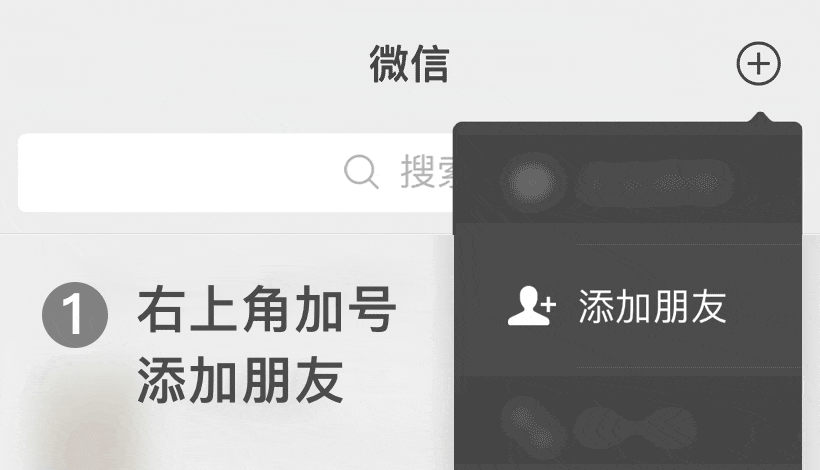
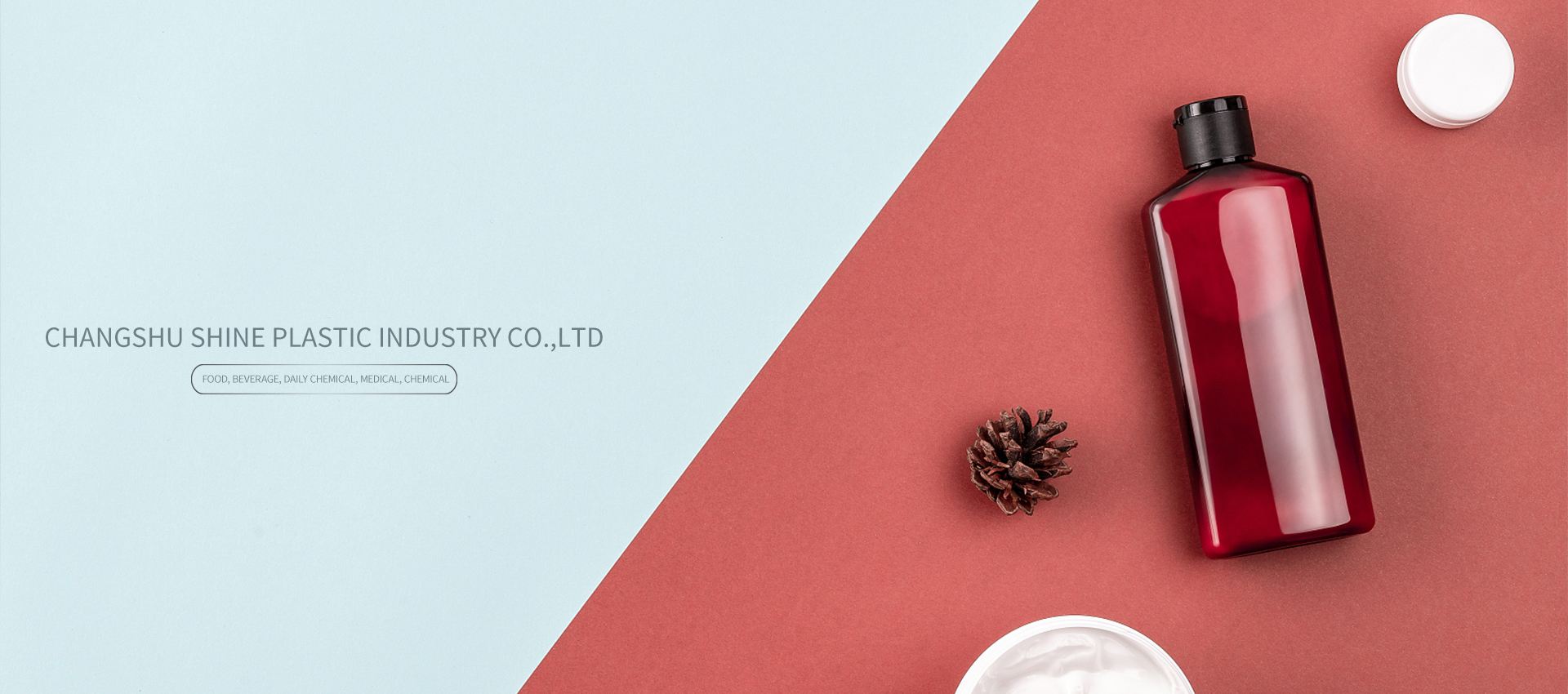
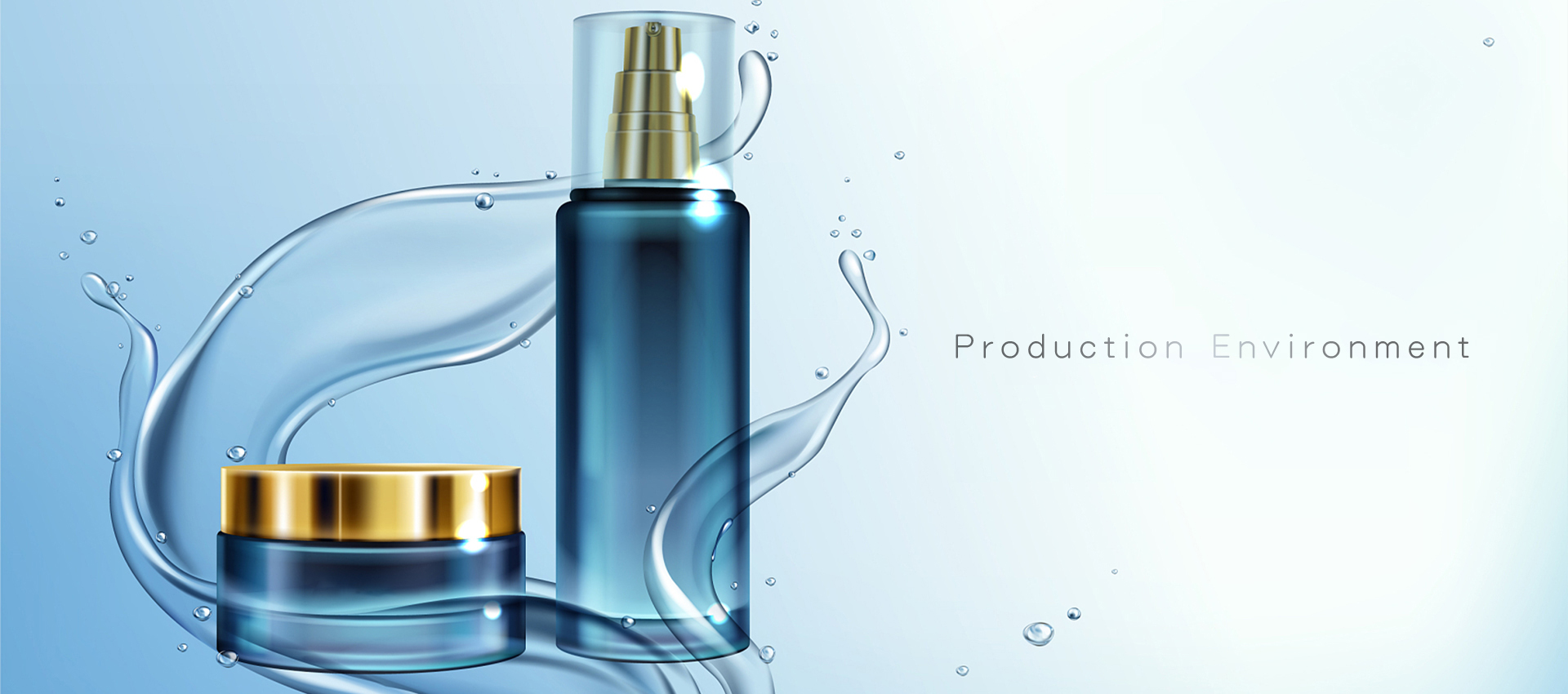
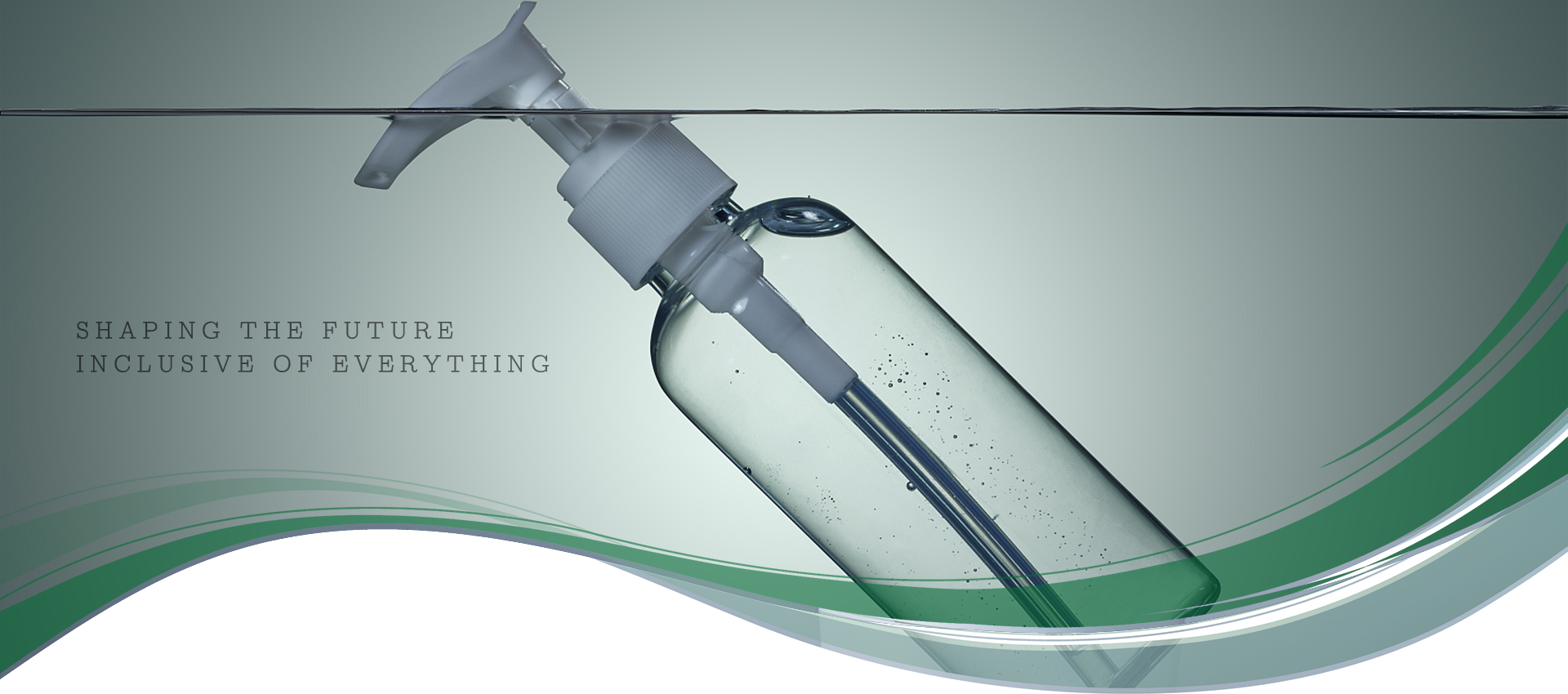
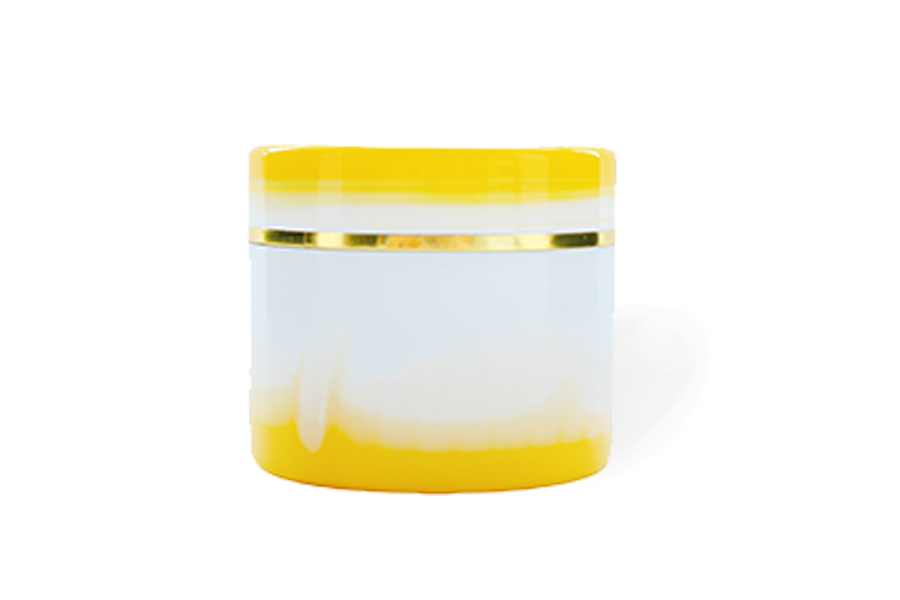
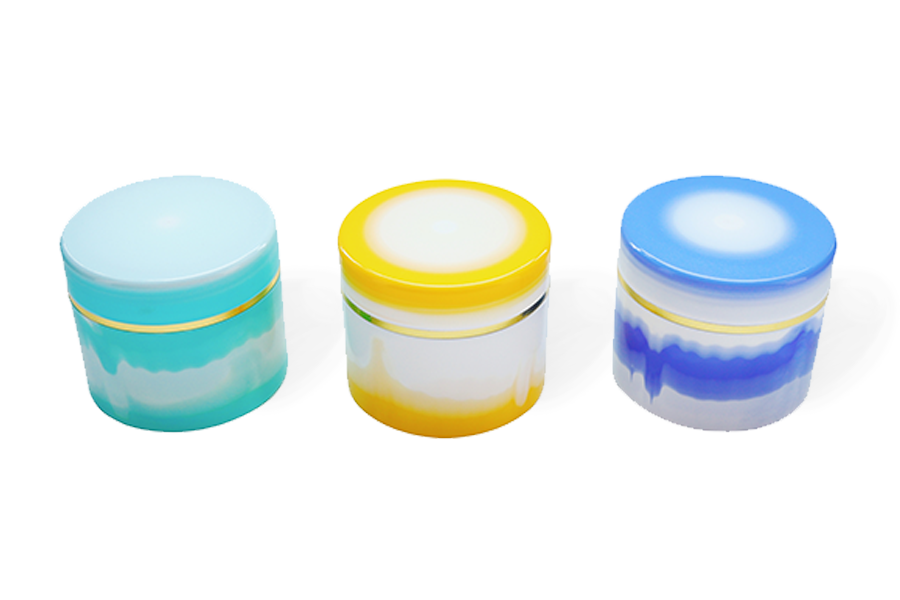
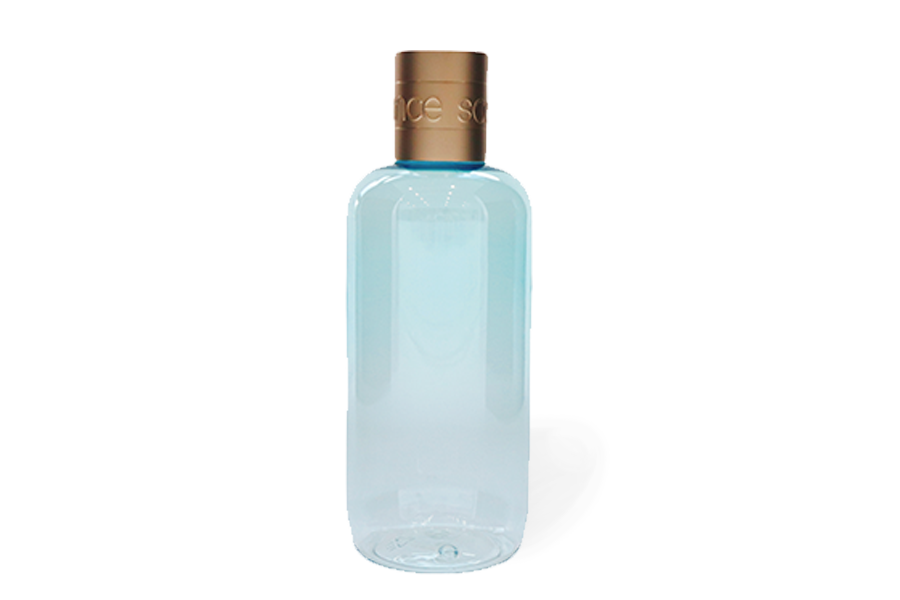
 home
home
 WeChat
WeChat
 telephone
telephone